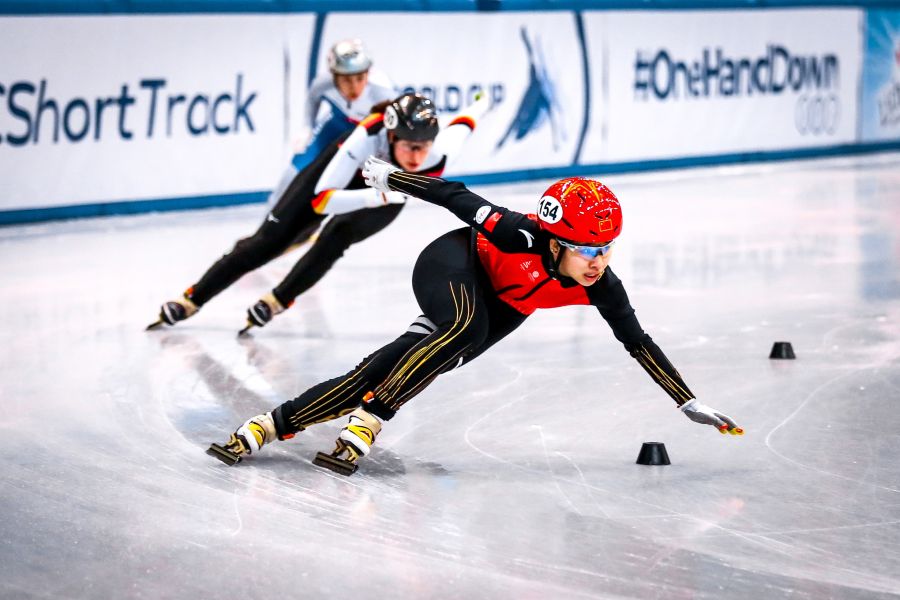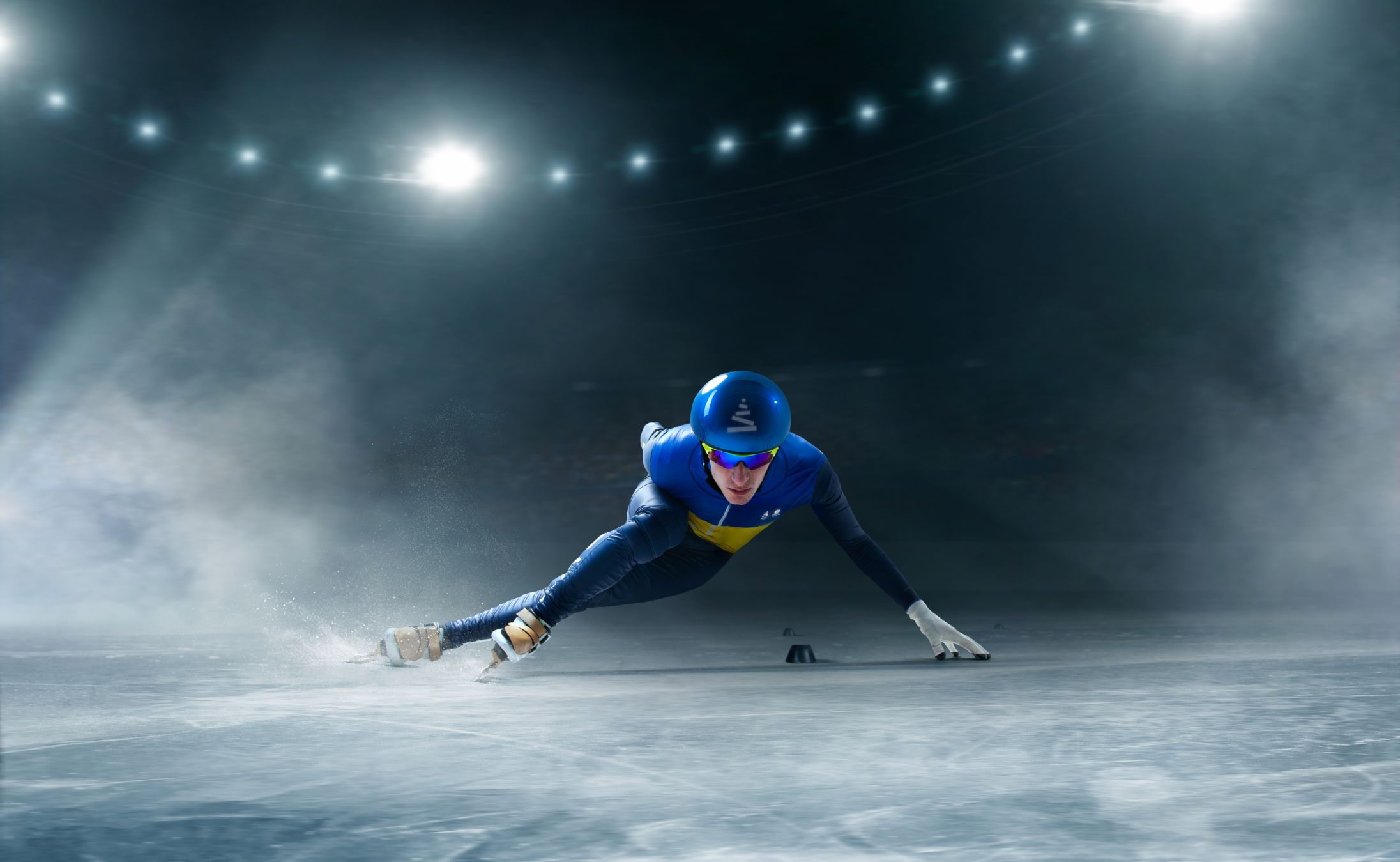The competition is held on the ice rink, which is 60 m long and 30 m wide. The short-track oval is marked with special signs on the ice (field Red rubber or plastic is placed in a semi-circle at the head and bottom 7-7 discs of color). The length of the oval, i.e. the circumference, is 111.12 m, straight The length of the section is 28.85 m. Skating is allowed only on boards and in the space between the disks. The athlete goes on the field with a helmet, With knee pads, shin guards and neck guards. On a short track it is approx It develops a speed of 50 km/h. Whoever reaches the finish line first wins.
In the relay, each team consists of 4-4 skaters. All team members He will alternately pass the section of the distance assigned to him. An athlete who has been replaced by a teammate (this happens after a hand touch), Immediately leaves the field so as not to create an obstacle for others. skaters They alternate each other in the center of the field on both sides, in a straight oval, 19 m long length, on the section marked with blue transverse stripes. Because of that The space for skating is limited, participants often collide each other Falling on ice does not result in disqualification, but similar After the accident, the skater practically loses the victory opportunity.

According to the British version, the short-track was invented by the English in the XIX At the end of the century, but it could not gain a foothold in Britain and Canada spread Canadians reject this version and the founders of the short track They choose the name themselves. In 1905, it was in Canada that the world was held The first national championship in short track. A year later, the same The competition was organized in the USA, and the organizer of the first European competition was Didi Britain was (1914). Later, short track was introduced in Australia, Italy, Belgium, France, New Zealand and Asian countries. this The species is especially widespread in Korea, China and Japan. 1975 This year, the International Skating Union (ISU) formed a short track committee.

At the XV Winter Olympics, a demonstration competition in short track speed skating was held, and from the following Games it was recognized as a full-fledged Olympic sport. The debut Olympic program included 4 disciplines. In the program of subsequent Olympics, 2 additional disciplines were included (women – 1000 m, men – 500 m), in 2002 – 2 more (women, men – 1500 m).
From the 2022 Winter Olympics, 9 sets of medals will be contested..
| Venue | Disciplines / Events | Categories (Age) | Athletes Quota (Aa) | Team Officials Quota (Ao) |
|---|---|---|---|---|
|
Batumi Ice Arena https://maps.app.goo.gl/xUsWsvnrEpyEsec76 |
Boys – 500 m – 1000 m – 1500 m – 2000 m Mixed Team Relay Girls – 500 m – 1000 m – 1500 m – 2000 m Mixed Team Relay |
01.07.2008 30.06.2010 |
2 Boys 2 Girls |
2 Ao |
